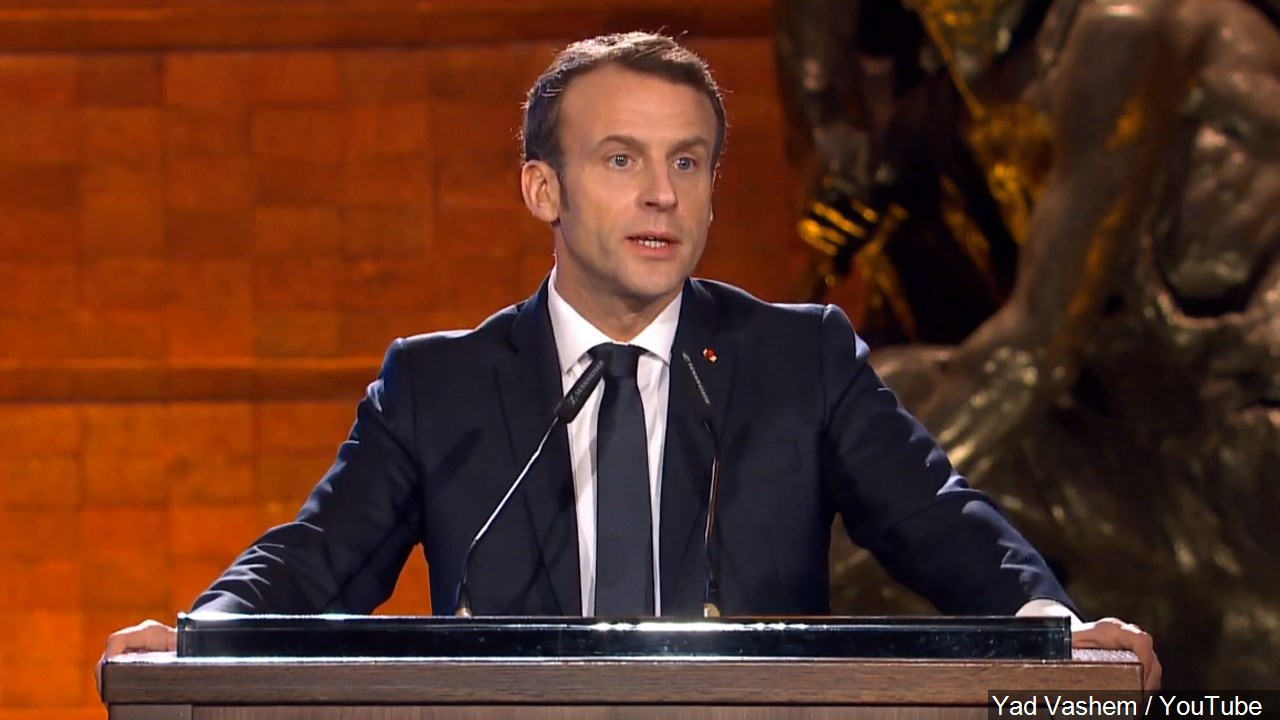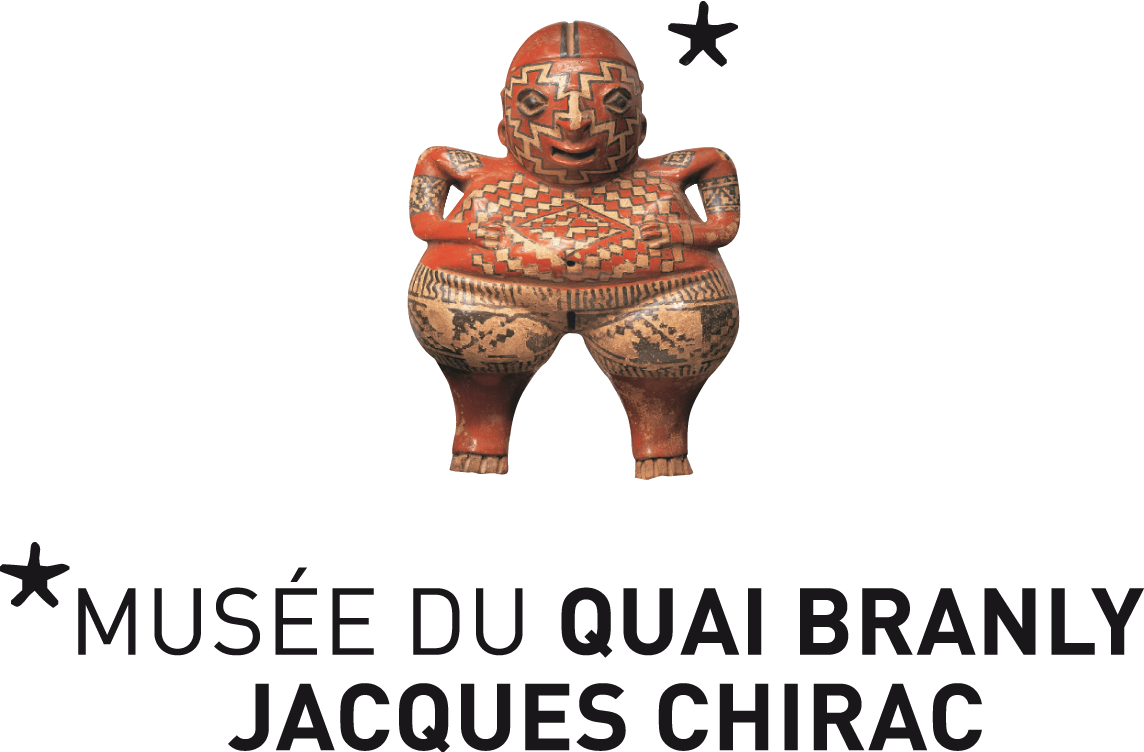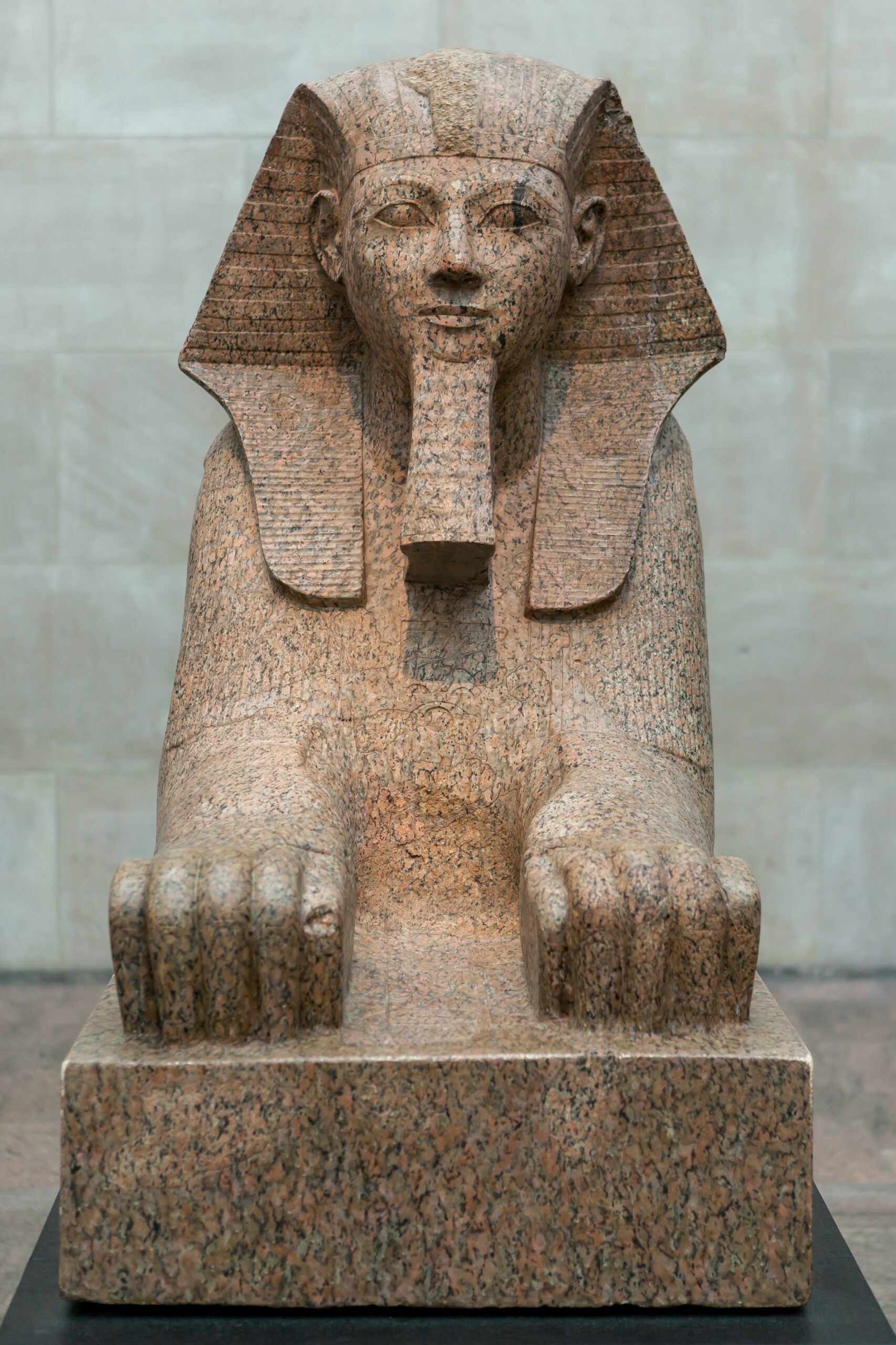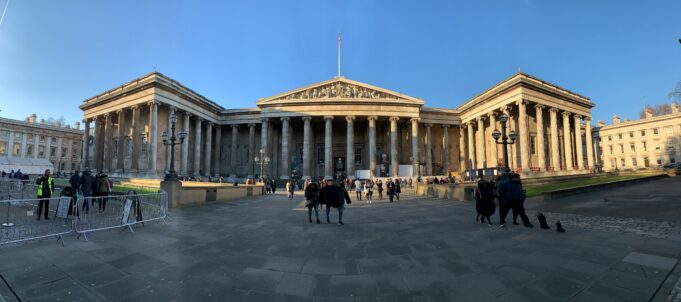Two-years-ago, a study, “The Restitution of African Cultural Heritage,” found at least 90 percent of Sub-Saharan Africa’s cultural legacy remains preserved outside of the African continent.

“Whereas many other regions of the world represented in Western Museum collections are still about to hold on to a significant portion of their own cultural and artistic heritage, this is not the case in sub-Saharan Africa which has been able to retain almost nothing,” said the study.

And, while Radio France Internationale reported in December on a decision by the National Assembly to give back to Benin “26 artefacts taken from the Palace of Behanzin in the late 19th century” and Senegal will see the return of a “19th-century sword once wielded by a 19th century sheikh. The sword and its scabbard are part of France’s Army Museum collection but are currently on show in Dakar as part of a long-term loan.”
“The National Assembly voted overwhelmingly in favour, endorsing the move on behalf of parliament after the Senate refused to agree,” said the French media report.
The “good news” means nothing in contrast to what needs to be done.
A report cited by vice.com documented little has changed, finding that “roughly 90 to 95 percent of African art was housed outside of Africa in major institutions such as the British Museum, the Metropolitan Museum of Art in New York, and the Art Institute of Chicago. The numbers were astonishing yet unsurprising; when Europeans soldiers landed in Africa, their victories included not only taking dismembered body parts, but ransacking sites for all valuable objects. The report … offered a simple conclusion: The stolen art should be returned.”
Documenting the insult and the injury between 1967 and 1970, a change.org petition brought visibility to a Christie’s auction of pilfered Nigerian “alusi” or sacred sculptures by a “renowned European treasure hunter.”
While the “Nigerian Biafran civil war raged and while more than three million innocent civilians were dying, Jacques Kechache, a renowned European treasure hunter was in the heartland of Biafra, not in any way to assist the starving children nor to provide any assistance. Instead, as children died of starvation, he was on a hunting spree for our cultural heritage,” reads the petition details which include the hashtags #BlackArtsMatter and #MyHeritageMatters. Though the Paris auction was not cancelled, Igbo-Nigerian artist and professor of art history at Princeton University Chika Okeke-Agulu shed light on the sacred sculptures taken out of Nigeria during its devastating civil war in the late 1960s.
According to the UK-based Guardian newspaper, Nigeria’s 1953 Antiquities Ordinance law made the trade of stolen cultural artifacts illegal, and a 1970 Unesco convention signed by Nigeria banned international trade in stolen artifacts.

“The alusi statues are among a vast collection amassed by Kechache and sold to a private collector after his death in 2001. Kechache, who advised the late French president Jacques Chirac, was a prominent art figure and helped to found the Musée du Quai Branly-Jacques Chirac Paris,” said the Guardian.
Another insult during the growing clamor for “repatriation” of African artifacts was the announcement by the British Museum to “lend” stolen artwork to a proposed new museum slated to open in 2021 in Benin City, Nigeria. This insult was seen in an artnet.com headline: “European’s Largest Museums Will Loan Looted Benin Bronzes to Nigeria’s Planned Royal Museum.” The sub-headline suggested it was a “significant step forward” in “ongoing negotiations between European museums and Nigerian representatives.”
Christian Kopp of the organization Berlin Postkolonial pointed out how preposterous this idea of loaning stolen artwork to its original owners was. He called the proposal a result of “shameful power politics,” arguing that “it is us Europeans who should ask for loans—after we have legally restituted all looted African treasures to their rightful owners.”

During a 2017 speech in Burkina Faso, which was probably more symbol than substance, French President Emmanuel Macron promised to make the return of African artifacts “a top priority,” according to the New York Times. That nearly four year old pledge has yet to be fulfilled because new legislation, which is nowhere on the horizon, is needed to allow the objects release from government custody, France public radio RFI reported.
Today, museums in France hold tens of thousands of objects from Africa, including many from its former colonies. The Musée du Quai Branly alone houses 70,000 African items.
In the past lawmakers and civil society groups based in Africa and France asked for the return of a host of “colonial treasures” taken during French rule of the region at the turn of the 20th century.
“The request was formally rejected by the French Ministry of Foreign Affairs, which stated that the property in question definitively belonged to the French State. Although Emmanuel Macron did not expressly support the return of Benin’s claimed heritage, the Ouagadougou speech had revived hopes that the state might backtrack on its earlier statement,” said artnet.com.
France history of restitution is long and “complex” and the French seem determined to hold on to their plunder. It stretches back to 1566, when the edict of Moulins stated that property inherited by the sovereign king was “inalienable” and could not be given away, even if illegally gained. That principle has since been applied to French national collections.
And then there is this development: Macron commissioned two academics, the art historian Bénédicte Savoy and the economist Felwine Sarr, to advise him on how to go forward. Eight months later, in 2018, they handed in a report with a shocking verdict (but few practical guidelines), saying France should permanently and immediately restitute all art taken from Africa “without consent” during the colonial era.
Experts cite a variety of challenges that have slowed progress since the report was published. First, there is the pesky issue of French law. Under the current legal system, French national collections are protected with clear cut “inalienable and imprescriptible” rights prohibiting museums from permanently handing over accessioned objects. Although the law could always be changed, it remains in place today. A case in point is a saber that was returned to Senegal recently is on permanent loan—currently the only way to restitute an object while getting around the law.
Foreign Policy magazine writer Nosmot Gbadamosi described an unsuccessful attempt in June to remove a 19th-century South Sudanese funeral pole from a Paris museum. Demonstrators said the item was looted during colonization and needed to be returned. “I will bring to Africa what was taken,” vowed the Congolese artist Mwazulu Diyabanza, who led the demonstration, in a video posted online. “Most of the works were taken during colonialism, and we want justice.”
Remember in the movie “Black Panther,” the Killmonger character, played by Michael B. Jorden, takes back stolen African or Wakandan artifacts from the Museum of Great Britain.
Follow @jehronmuhammad on Twitter.













